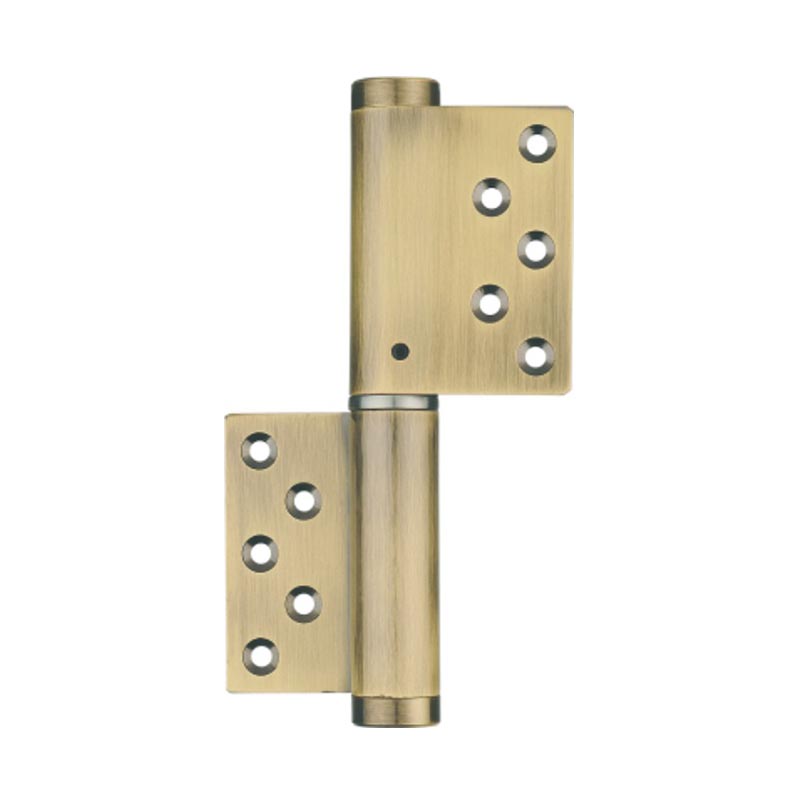Hydraulic Buffer Hinges, known for their ability to control the speed at which doors and panels close, are becoming increasingly popular in various industries due to their versatility and safety features. The question that often arises is whether the buffering speed of these hydraulic buffer hinges can be adjusted. This article delves into the intricacies of hydraulic buffer hinges and explores the possibility of adjusting their buffering speed.

Hydraulic Buffer Hinges are designed to not only support the weight of doors and panels but also to control the speed at which they close. This feature is particularly important in environments where safety is a priority, such as in hospitals, factories, and commercial buildings. The ability to control the buffering speed is crucial for preventing injuries and damage to the doors or panels themselves.
In most standard hydraulic buffer hinges, the buffering speed is predetermined by the manufacturer and is not adjustable. However, with advancements in technology and the growing demand for customization, there are now hydraulic buffer hinges available on the market that offer adjustable buffering speed. These adjustable hinges allow users to fine-tune the speed at which doors and panels close, providing a tailored solution for specific applications.
The adjustable buffering speed of hydraulic buffer hinges is achieved through the use of valves within the hinge mechanism. These valves control the flow of hydraulic fluid, which in turn affects the speed at which the door or panel closes. By adjusting the opening of these valves, the buffering speed can be increased or decreased. This feature is particularly useful in environments where changing conditions may require different buffering speeds, such as in temperature-controlled rooms where rapid door closure is necessary to maintain temperature stability.
One of the key benefits of adjustable hydraulic buffer hinges is their ability to prevent slamming, which can be caused by factors such as wind or sudden changes in air pressure. By controlling the buffering speed, these hinges can ensure that doors and panels close gently and safely, reducing the risk of damage and injury. This is especially important in high-traffic areas where doors are opened and closed frequently.
Another advantage of hydraulic buffer hinges with adjustable buffering speed is their ability to adapt to different door weights. Heavier doors may require a slower buffering speed to prevent damage, while lighter doors can be closed at a faster speed without causing issues. This flexibility allows for a single hinge type to be used across a variety of applications, reducing the need for multiple hinge types and simplifying inventory management.
Maintenance and longevity are also considerations when discussing adjustable hydraulic buffer hinges. Since these hinges have moving parts, such as the valves that control the buffering speed, regular maintenance is necessary to ensure their continued performance. This includes checking for leaks, lubricating the hinges, and ensuring that the valves are functioning correctly. Proper maintenance can extend the life of the hinges and keep the buffering speed consistent over time.
In conclusion, the adjustable buffering speed of hydraulic buffer hinges is a valuable feature that offers flexibility and customization for various applications. While not all hydraulic buffer hinges on the market offer this feature, the growing demand for adjustable speed control is driving innovation in the industry. As a result, we can expect to see more hydraulic buffer hinges with adjustable buffering speed becoming available, providing users with greater control over the closing speed of doors and panels and ultimately enhancing safety and efficiency in various settings.